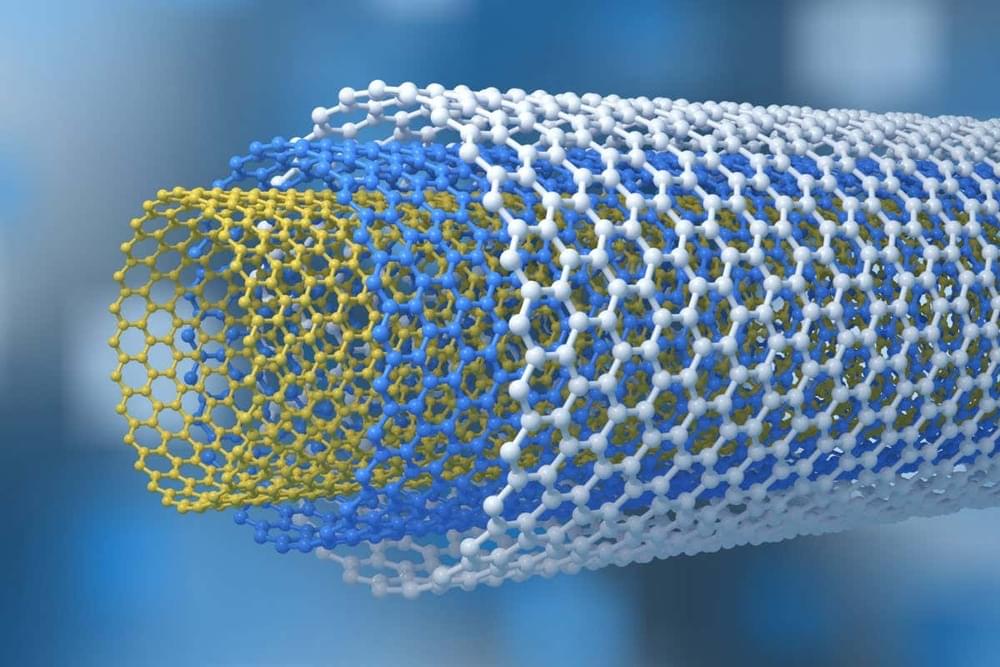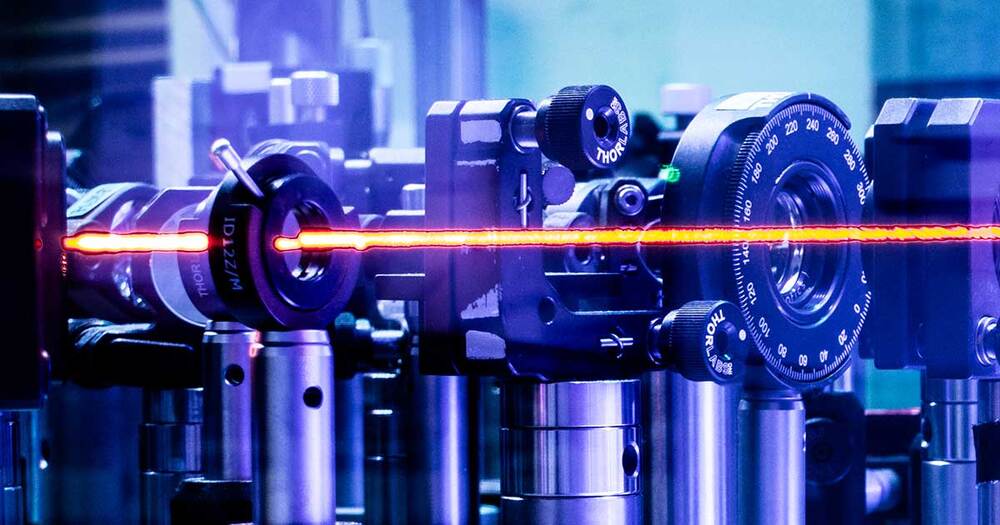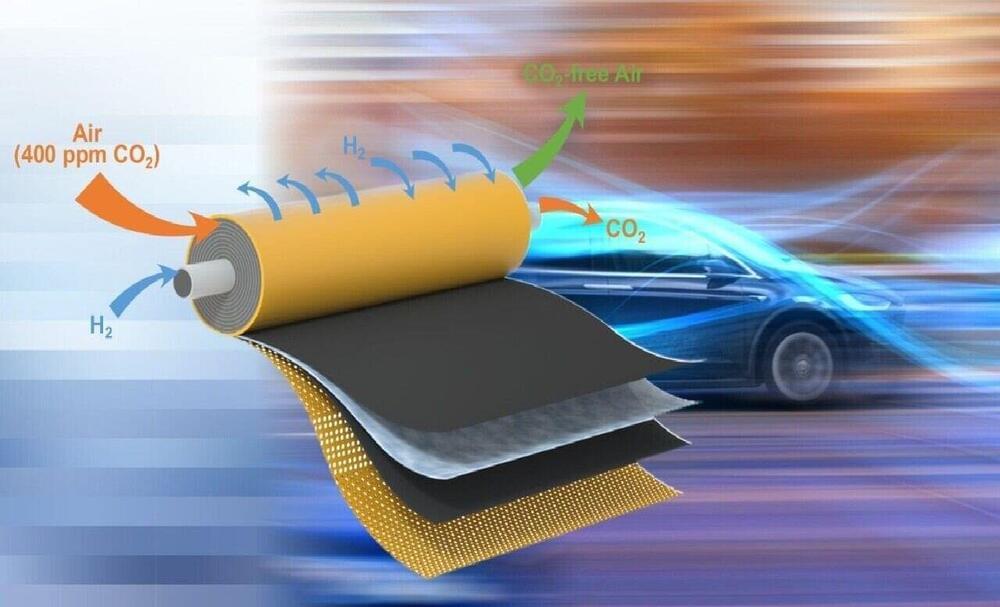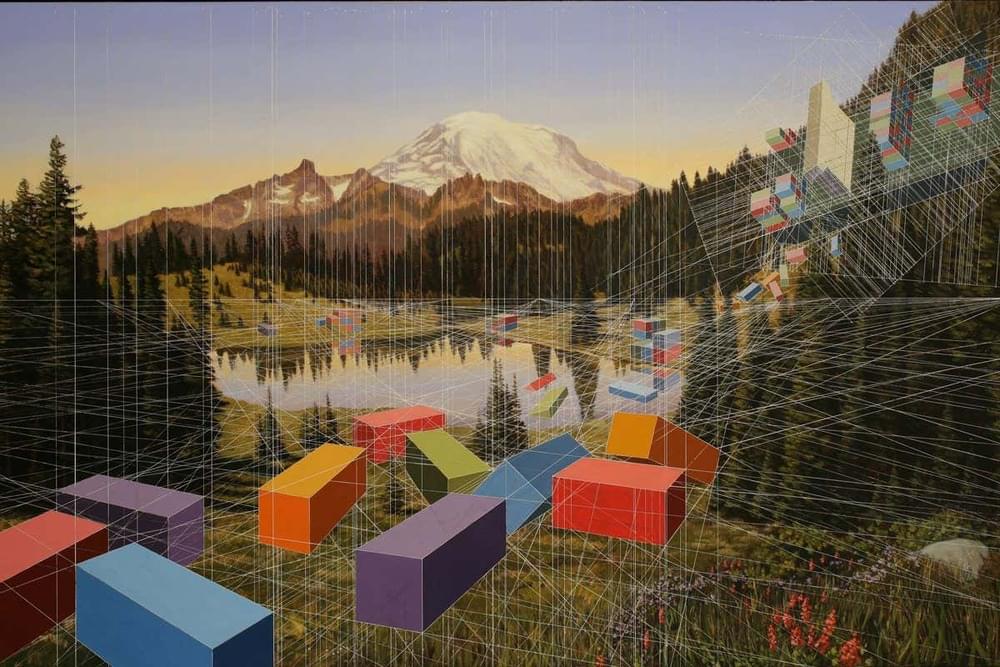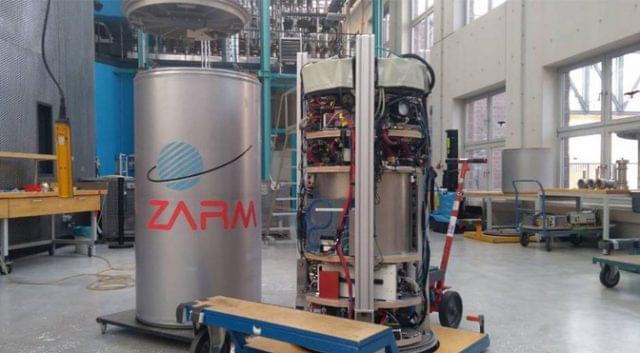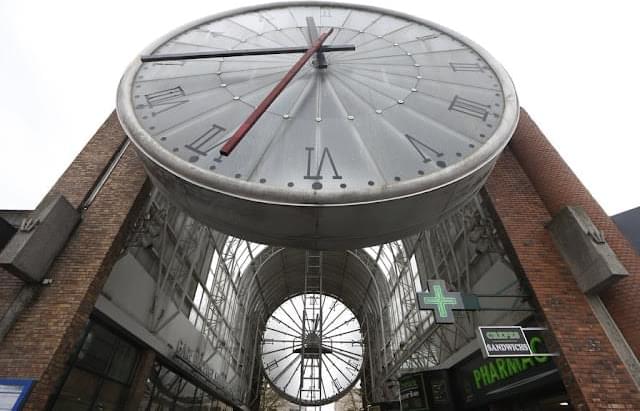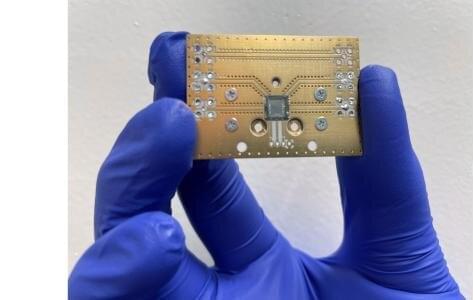Water flows more easily through narrower carbon nanotubes than larger ones and we have struggled to explain why. Now, one team has an answer: it may all be due to quantum friction.
Friction in its standard, classical sense is well understood by most people. The greater the degree of contact between two things moving past one another, the greater the energy needed to overcome friction. A narrow pipe has a larger wall relative to its cross-sectional area than a wider pipe, so you would expect the frictional forces experienced by water inside the smaller pipe to be proportionally greater. This means the water should flow less easily.
But carbon nanotubes don’t obey this rule. These are made of thin layers of graphite rolled into tubes just a few nanometres wide – and the narrower the diameter, the easier it is for water to flow through them.
